Balancing act: a modernist tree-house in Prague by Jan Šépka
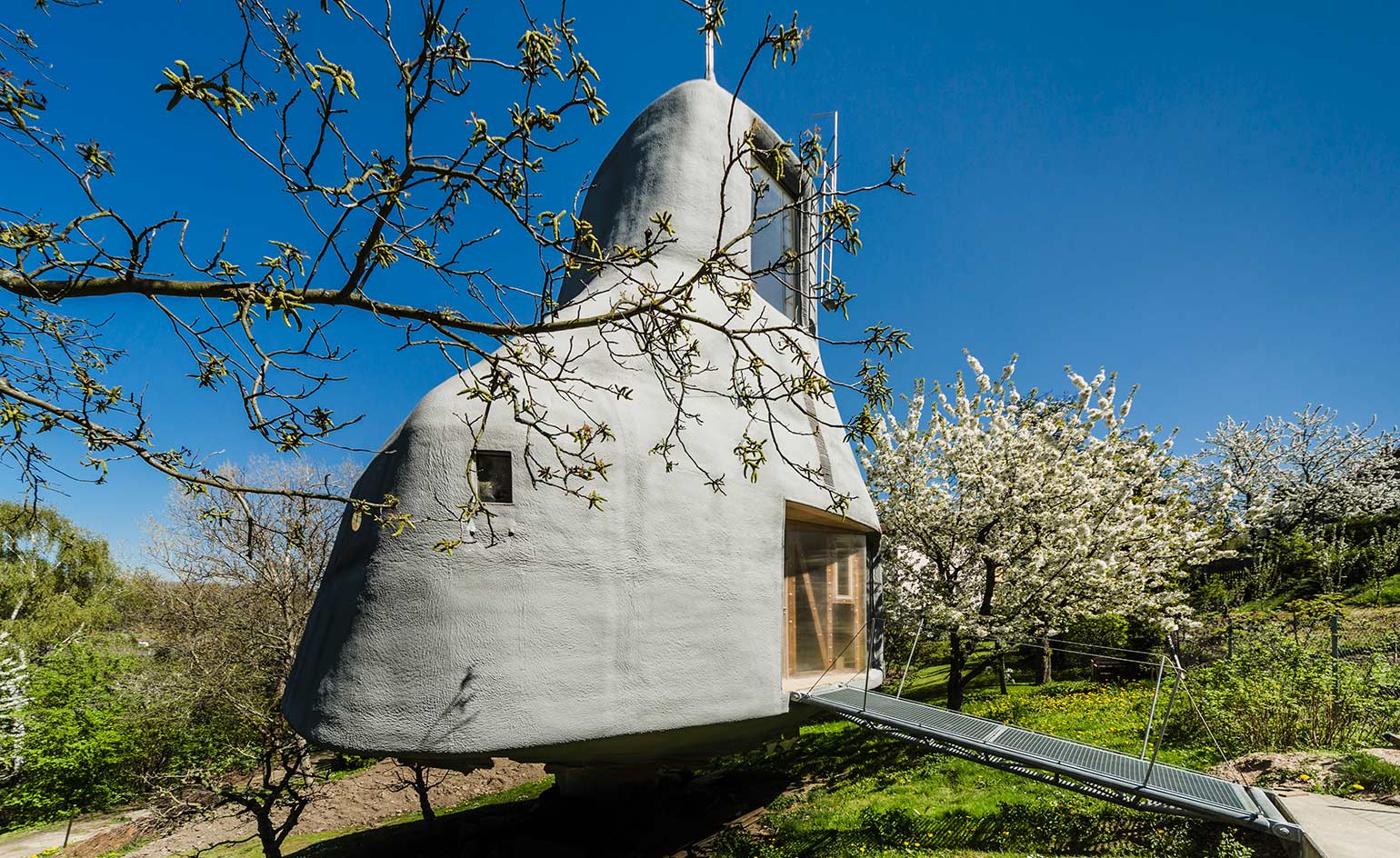
Built on the outskirts of Prague, Jan Šépka's House in the Orchard looks like a hybrid of John Lautner's famous Chemosphere house in Los Angeles and Antti Lovag‘s Palais Bulles in southern France. But the true idea of the house is much humbler than the architecture of these glamorous icons of modernism.
House in the Orchard is the latest residential project by Šépka, a Czech architect and co-founder of the internationally-acclaimed studio HŠH. Celebrated for its unconventional living concepts, the studio has built several experimental private residences around the Czech Republic. Now, Šépka continues with this original approach to personal living space.
Designed for an old friend, the house is situated in a beautiful natural garden surrounded by trees. The steep site inspired Šépka to build a house elevated on a single concrete pillar. 'Maybe it looks like a whimsical decision, but this solution actually saved a big amount of our budget. Considering the difficult conditions, a classical foundation would be more demanding financially, Šépka explains of his structural solution.
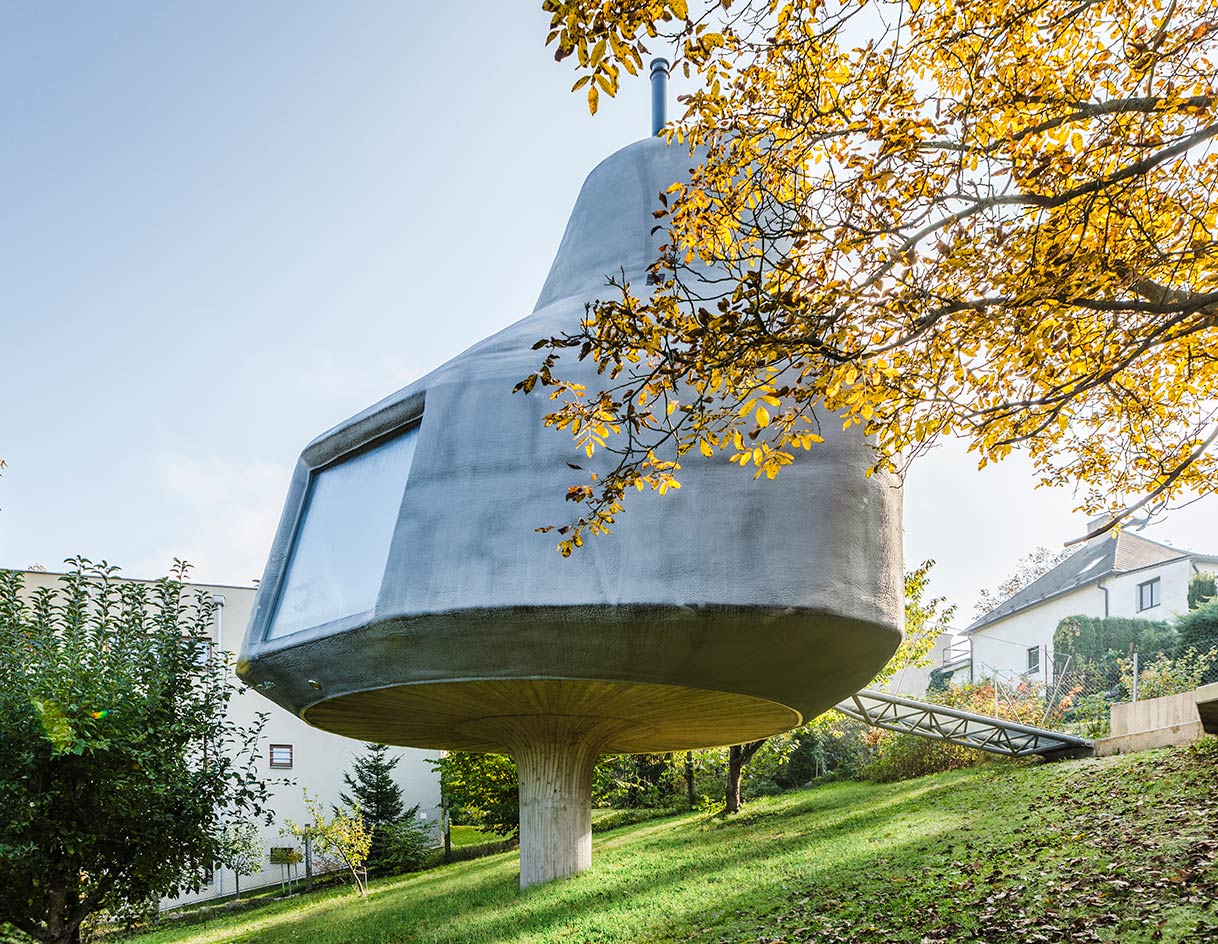
Elevating the three-storey house on a single 'stalk' was a modernist response to the steep site
The house's organic structure is also the result of a practical construction idea. 'Before the implementation, the beams were precisely cut on a 3D milling machine and the construction was merely assembled like a construction set on-site,' says Šépka. The irregular shape is divided into triangular spaces, which assure the stability of the wooden build and also allowed the placement of birch plywood boards. 'The shape is simply the result of the structural decision and was modelled by computer,' adds the architect.
The three-storey structure has a living area of 80 sq m and is covered in plywood sheets, which were then sprayed with a layer of polyurethane and covered with a grey, waterproof skin, resembling concrete or natural rock. Inside, the first floor is dominated by the main living space, opened via expanding windows with views of the beautiful natural surroundings on the north side. Ladder-like steps lead to the second and third floors with the bedrooms, bathroom and study on the top floor. The large skylight window in the study lights the open interior from the south through all stories. Šépka also designed custom-built plywood furniture for the interior.
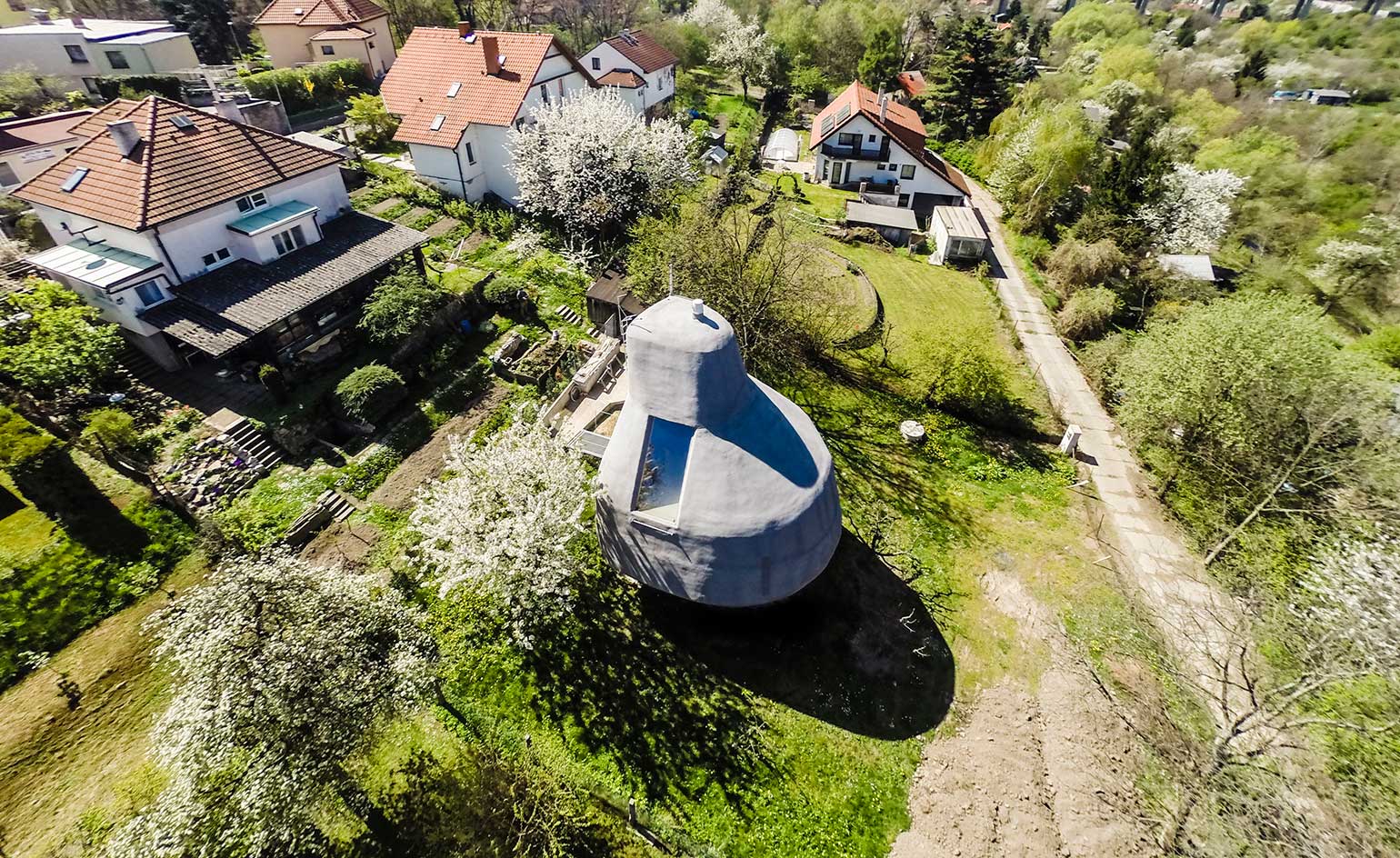
The house is located on a steep plot of land in a natural area of growth behind some existing houses on the outskirts of Prague
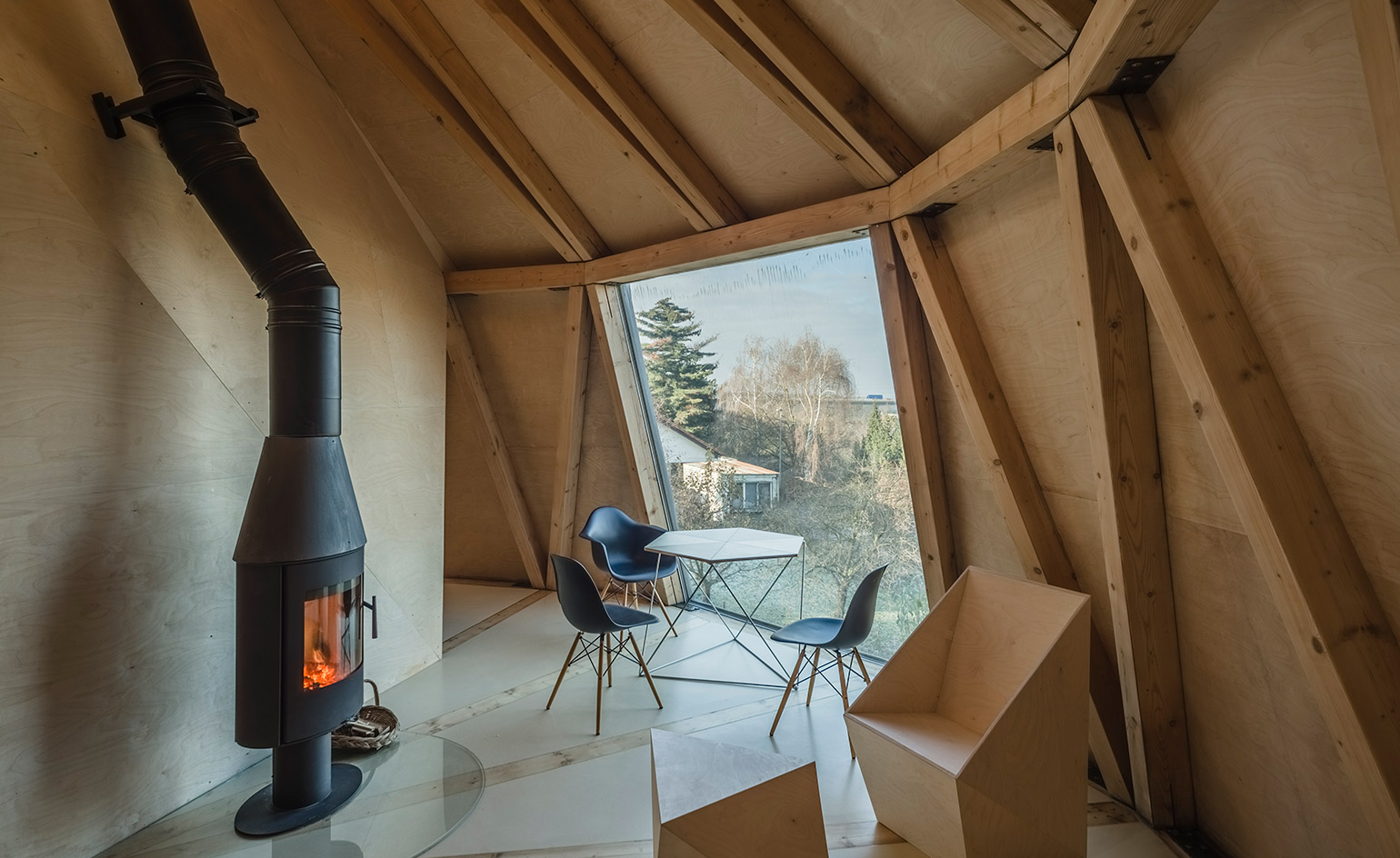
The interior is lined with plywood and large windows allow plenty of light to permeate the interior
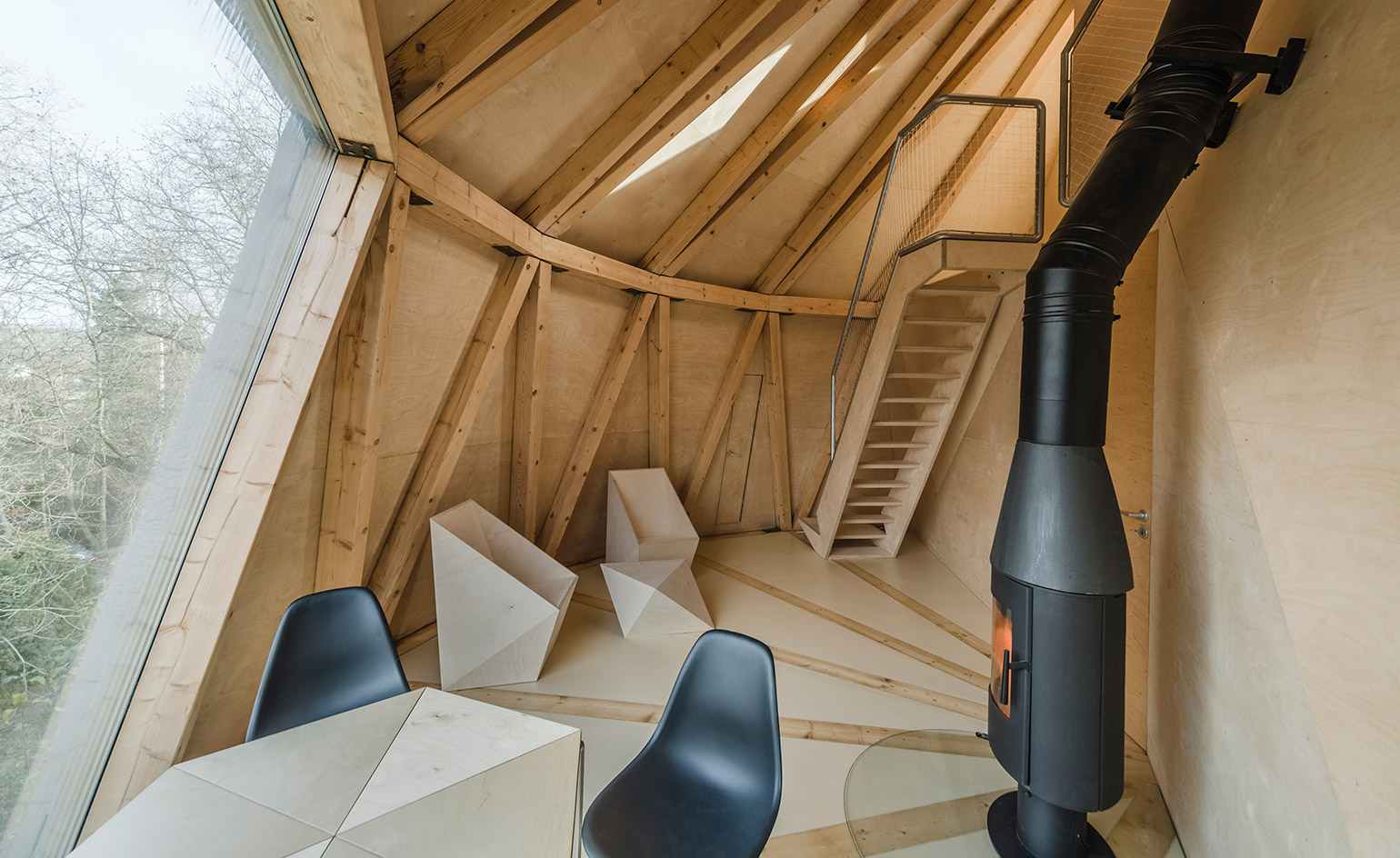
Šépka designed custom-built plywood furniture for the house
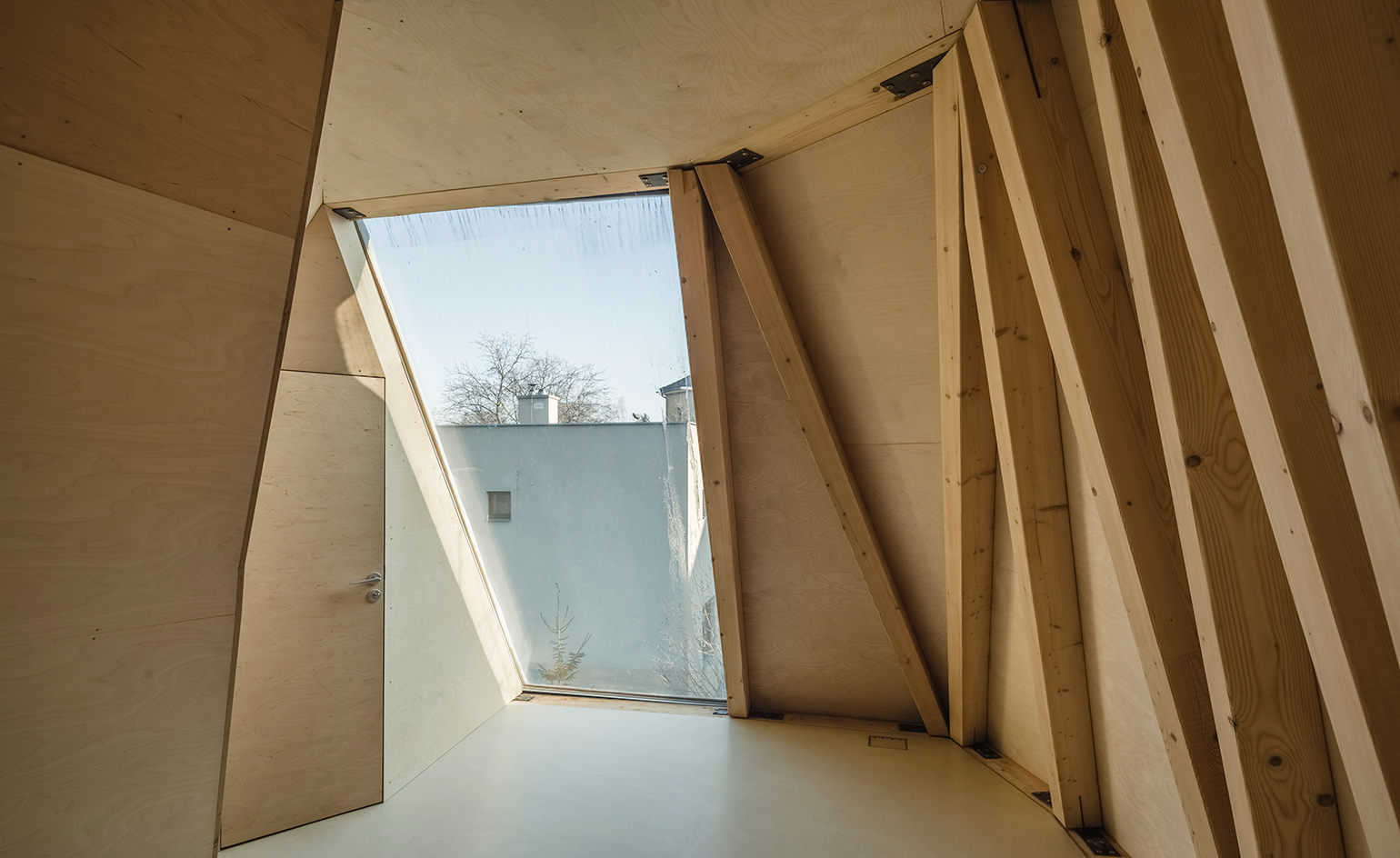
While the structure looks organic, it was modelled on a computer and the beams were cut precisely with a 3D milling machine
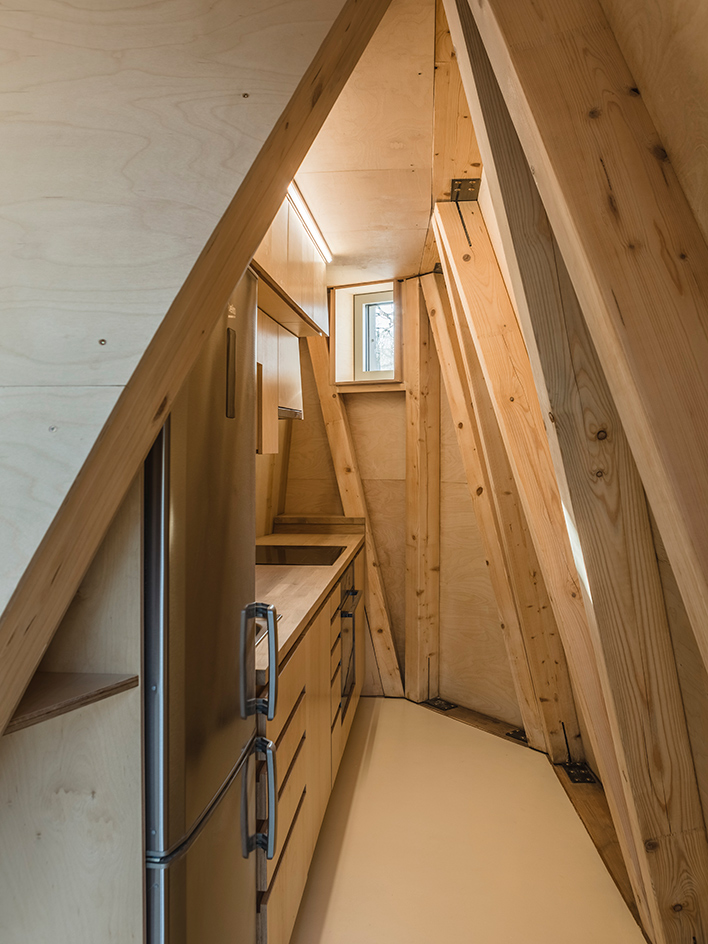
The first floor is the living area and ladder-like steps lead up to the second and third floors with the bedrooms, bathroom and study on the top
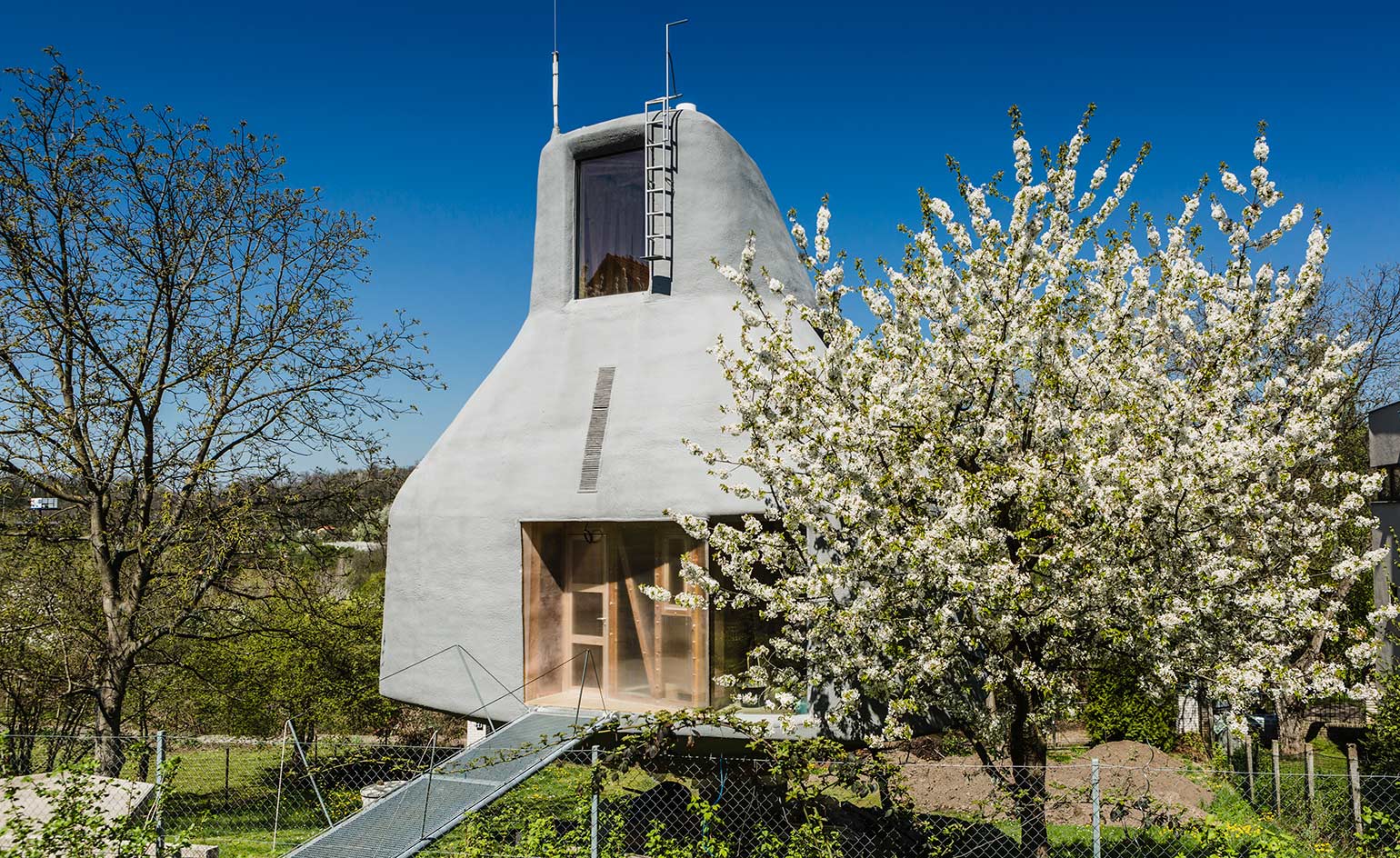
Šépka designed this eclectic and experimental home for an old friend
INFORMATION
For more information, visit the Šépka Architects website
Receive our daily digest of inspiration, escapism and design stories from around the world direct to your inbox.
Adam Štěch is an architectural historian, curator, writer and photographer, based in Prague. He is the author of books including Modern Architecture and Interiors (2006), editor of design magazine Dolce Vita and a contributor to titles including Wallpaper* and Frame, while also teaching at Scholastika in Prague.
-
 25 of the best beauty launches of 2025, from transformative skincare to offbeat scents
25 of the best beauty launches of 2025, from transformative skincare to offbeat scentsWallpaper* beauty editor Mary Cleary selects her beauty highlights of the year, spanning skincare, fragrance, hair and body care, make-up and wellness
-
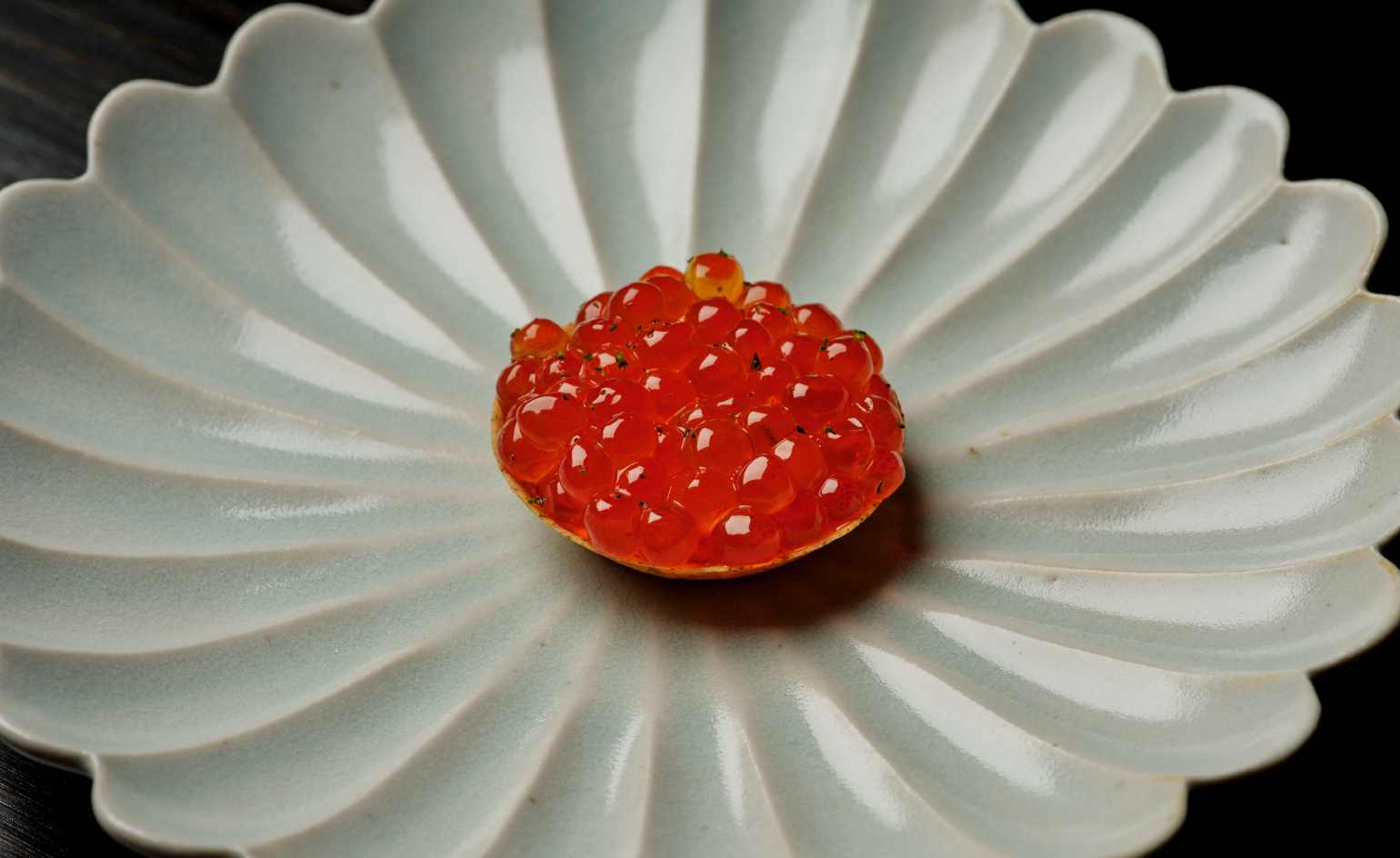 This cult Los Angeles pop-up restaurant now has a permanent address
This cult Los Angeles pop-up restaurant now has a permanent addressChef Brian Baik’s Corridor 109 makes its permanent debut in Melrose Hill. No surprise, it's now one of the hardest tables in town to book
-
 French bistro restaurant Maset channels the ease of the Mediterranean in London
French bistro restaurant Maset channels the ease of the Mediterranean in LondonThis Marylebone restaurant is shaped by the coastal flavours, materials and rhythms of southern France
-
 The Architecture Edit: Wallpaper’s houses of the month
The Architecture Edit: Wallpaper’s houses of the monthFrom wineries-turned-music studios to fire-resistant holiday homes, these are the properties that have most impressed the Wallpaper* editors this month
-
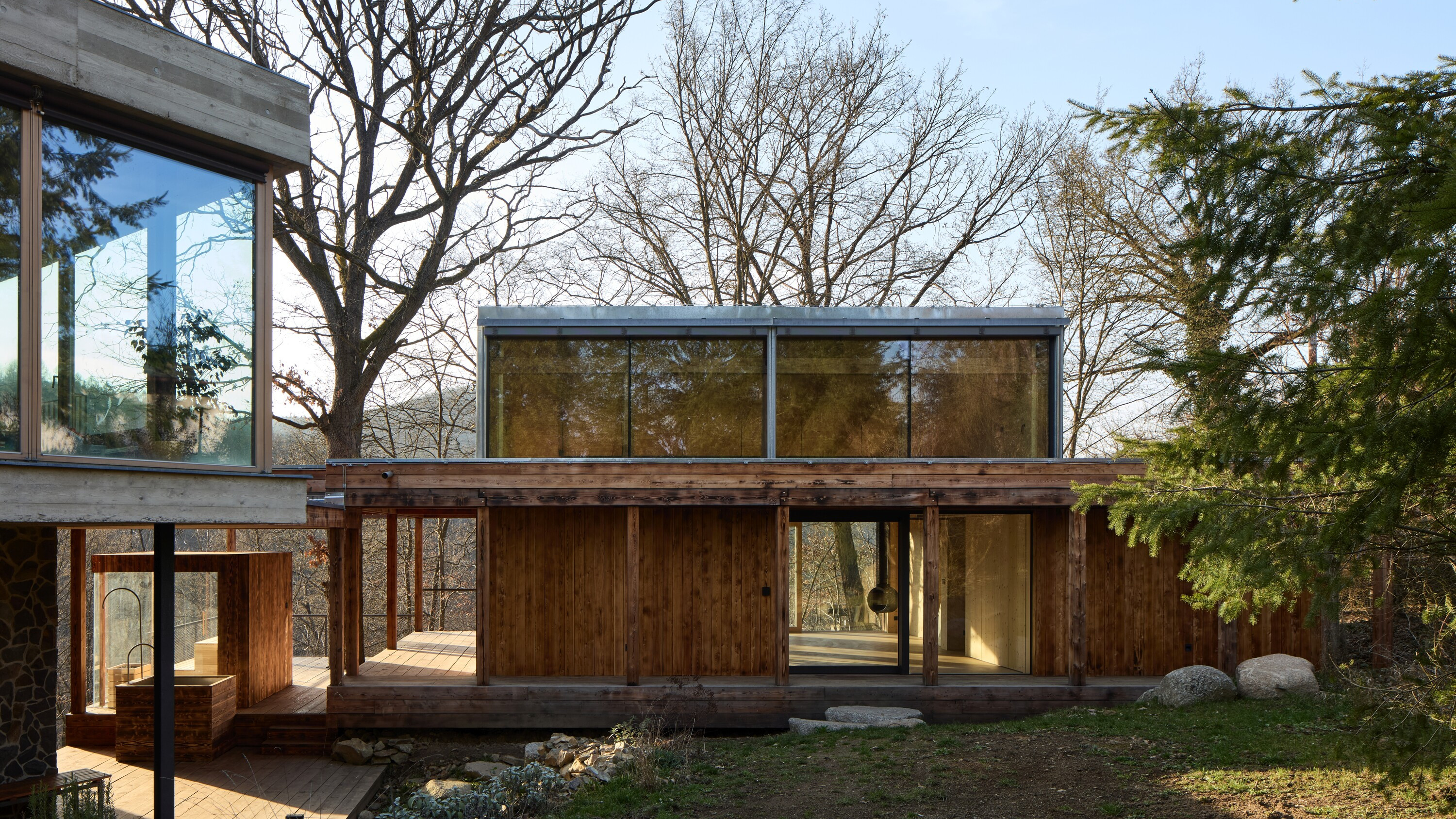 A new timber studio in the Czech Republic is carefully integrated into its hillside site
A new timber studio in the Czech Republic is carefully integrated into its hillside sitePäivä Architekti’s Czech Studio Above the Golden Canyon takes advantage of impressive views
-
 This modernist home, designed by a disciple of Le Corbusier, is on the market
This modernist home, designed by a disciple of Le Corbusier, is on the marketAndré Wogenscky was a long-time collaborator and chief assistant of Le Corbusier; he built this home, a case study for post-war modernism, in 1957
-
 Louis Kahn, the modernist architect and the man behind the myth
Louis Kahn, the modernist architect and the man behind the mythWe chart the life and work of Louis Kahn, one of the 20th century’s most prominent modernists and a revered professional; yet his personal life meant he was also an architectural enigma
-
 The Architecture Edit: Wallpaper’s houses of the month
The Architecture Edit: Wallpaper’s houses of the monthFrom Malibu beach pads to cosy cabins blanketed in snow, Wallpaper* has featured some incredible homes this month. We profile our favourites below
-
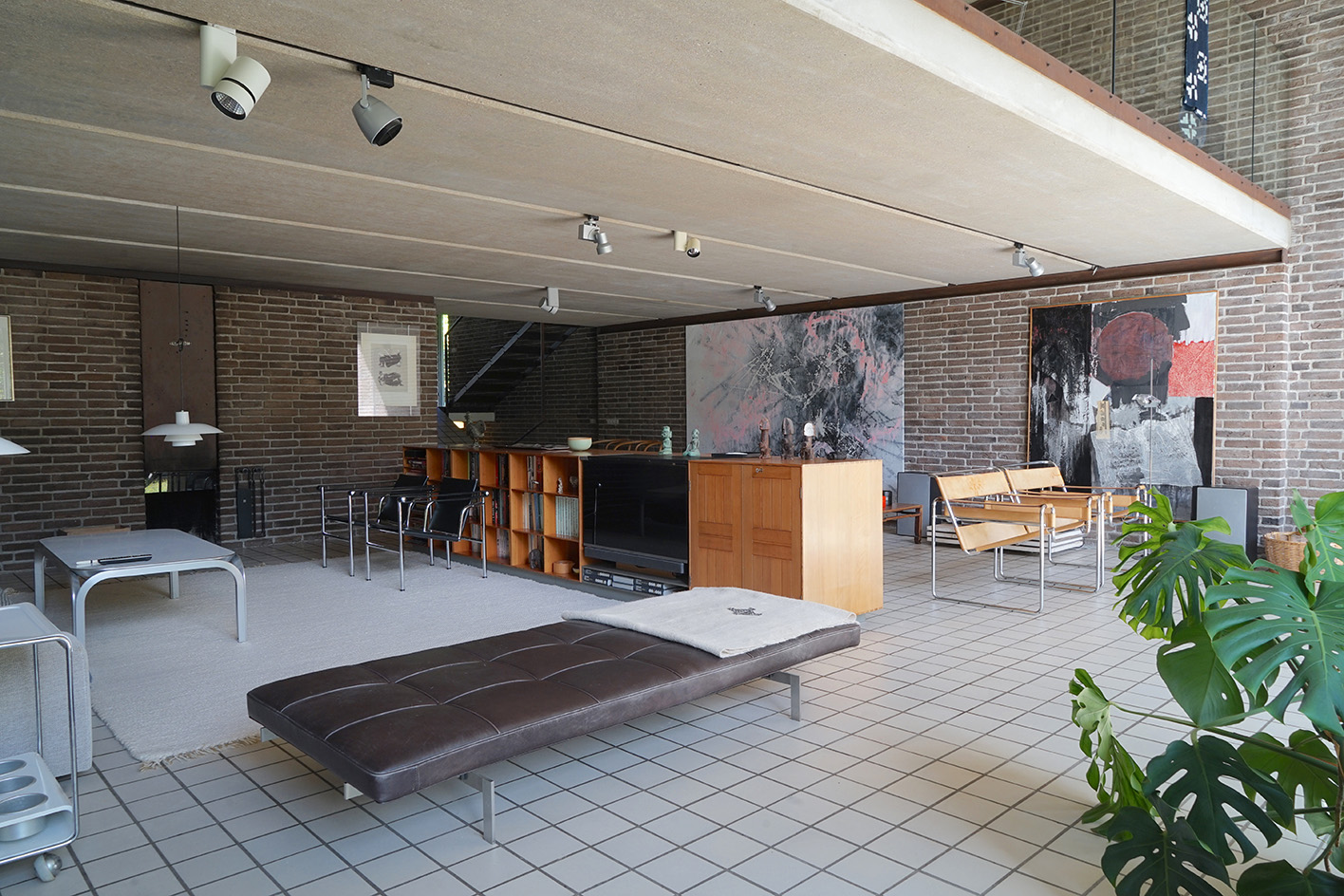 Three lesser-known Danish modernist houses track the country’s 20th-century architecture
Three lesser-known Danish modernist houses track the country’s 20th-century architectureWe visit three Danish modernist houses with writer, curator and architecture historian Adam Štěch, a delve into lower-profile examples of the country’s rich 20th-century legacy
-
 The Architecture Edit: Wallpaper’s houses of the month
The Architecture Edit: Wallpaper’s houses of the monthThis September, Wallpaper highlighted a striking mix of architecture – from iconic modernist homes newly up for sale to the dramatic transformation of a crumbling Scottish cottage. These are the projects that caught our eye
-
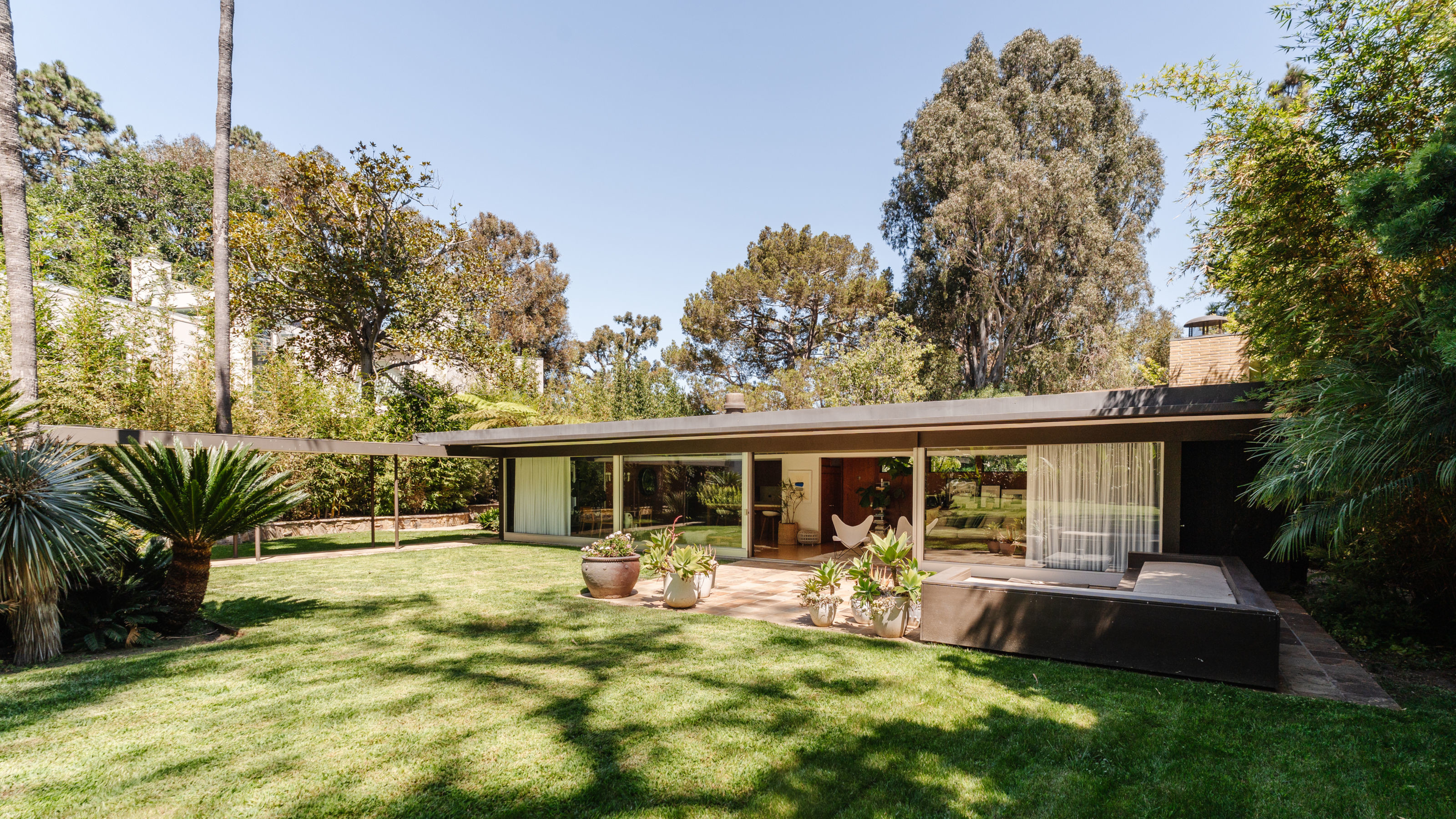 Richard Neutra's Case Study House #20, an icon of Californian modernism, is for sale
Richard Neutra's Case Study House #20, an icon of Californian modernism, is for salePerched high up in the Pacific Palisades, a 1948 house designed by Richard Neutra for Dr Bailey is back on the market